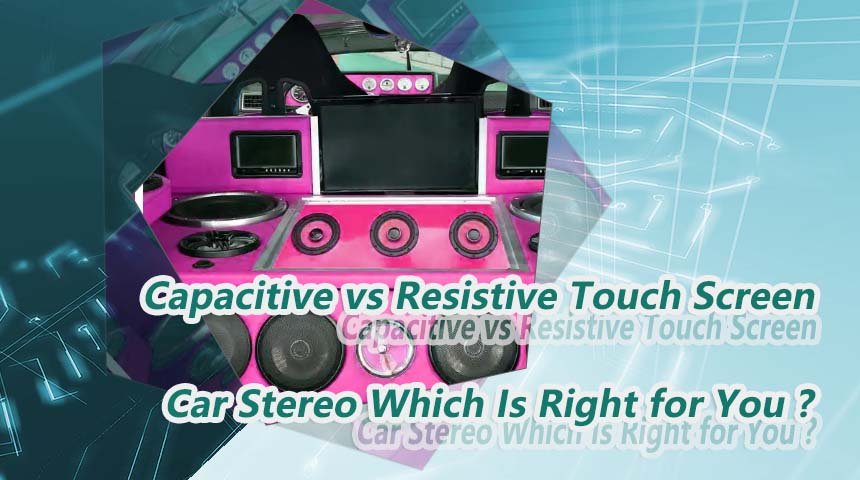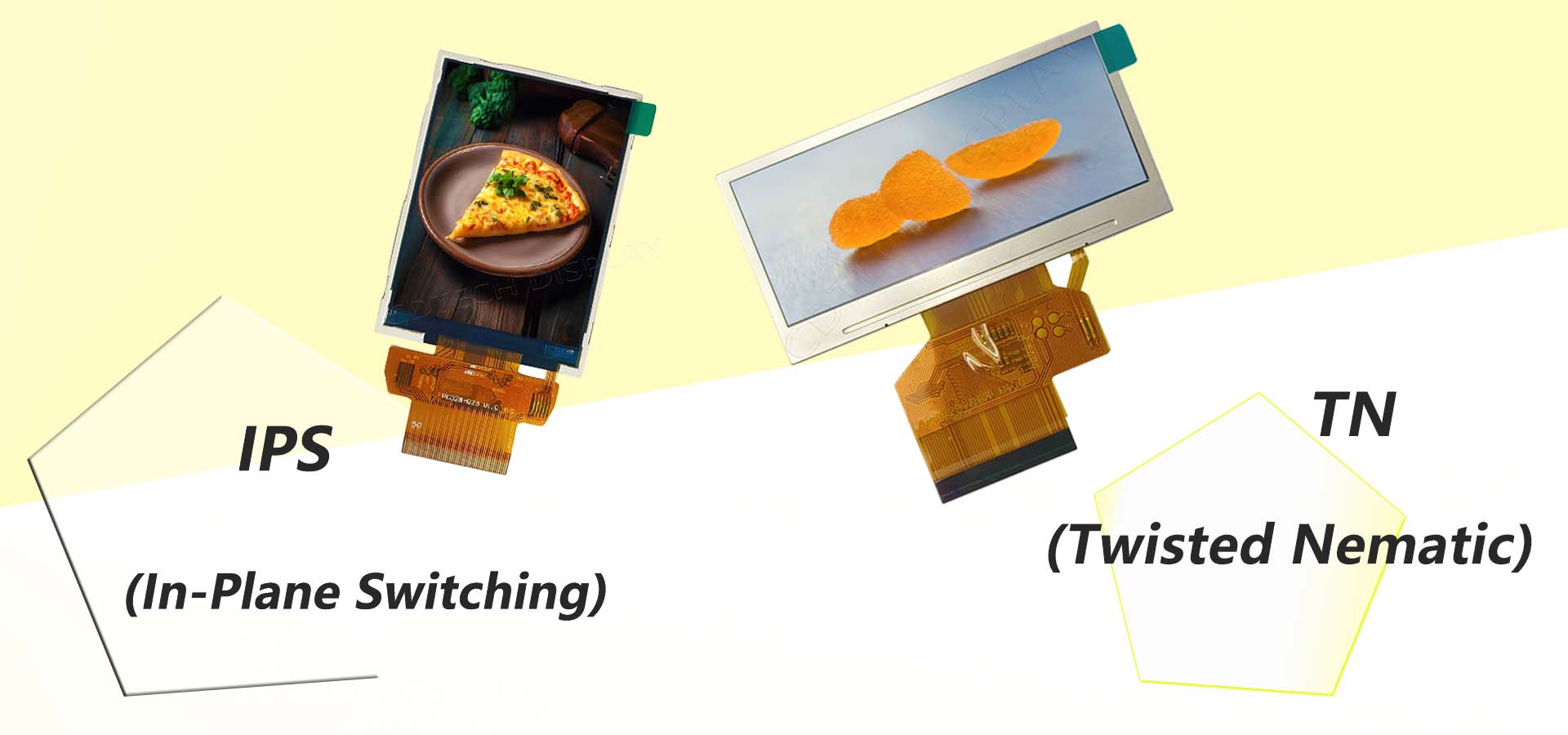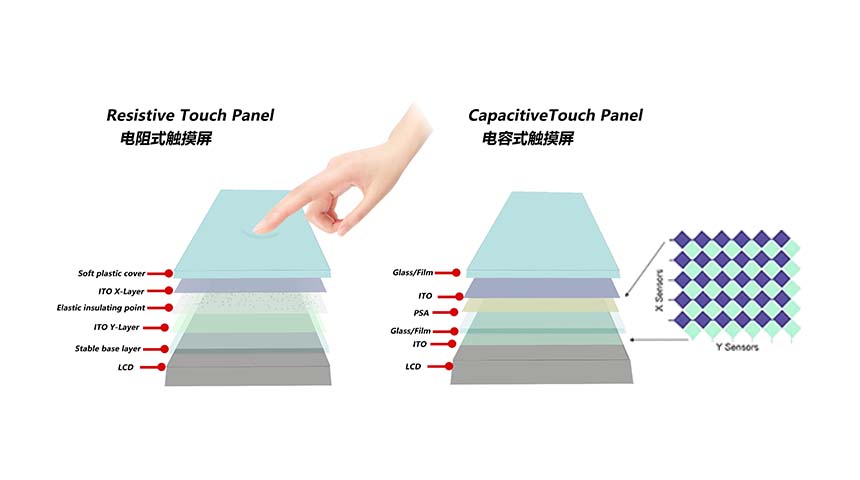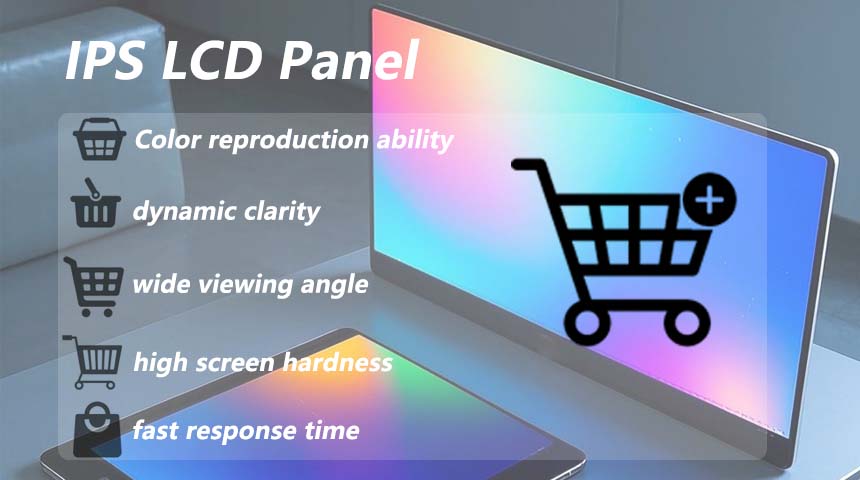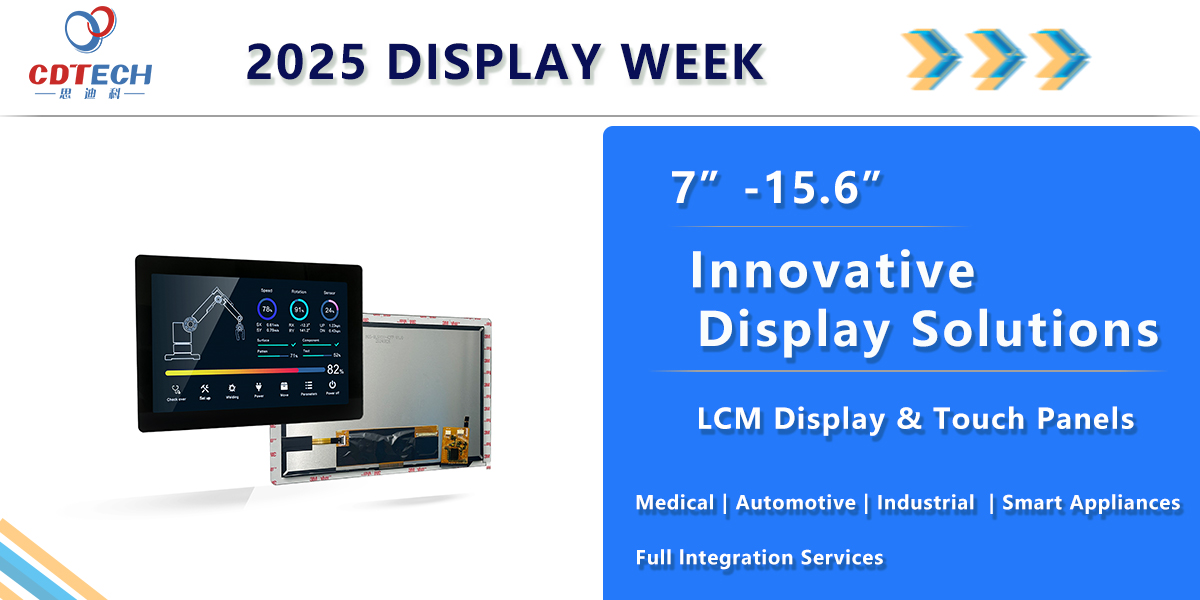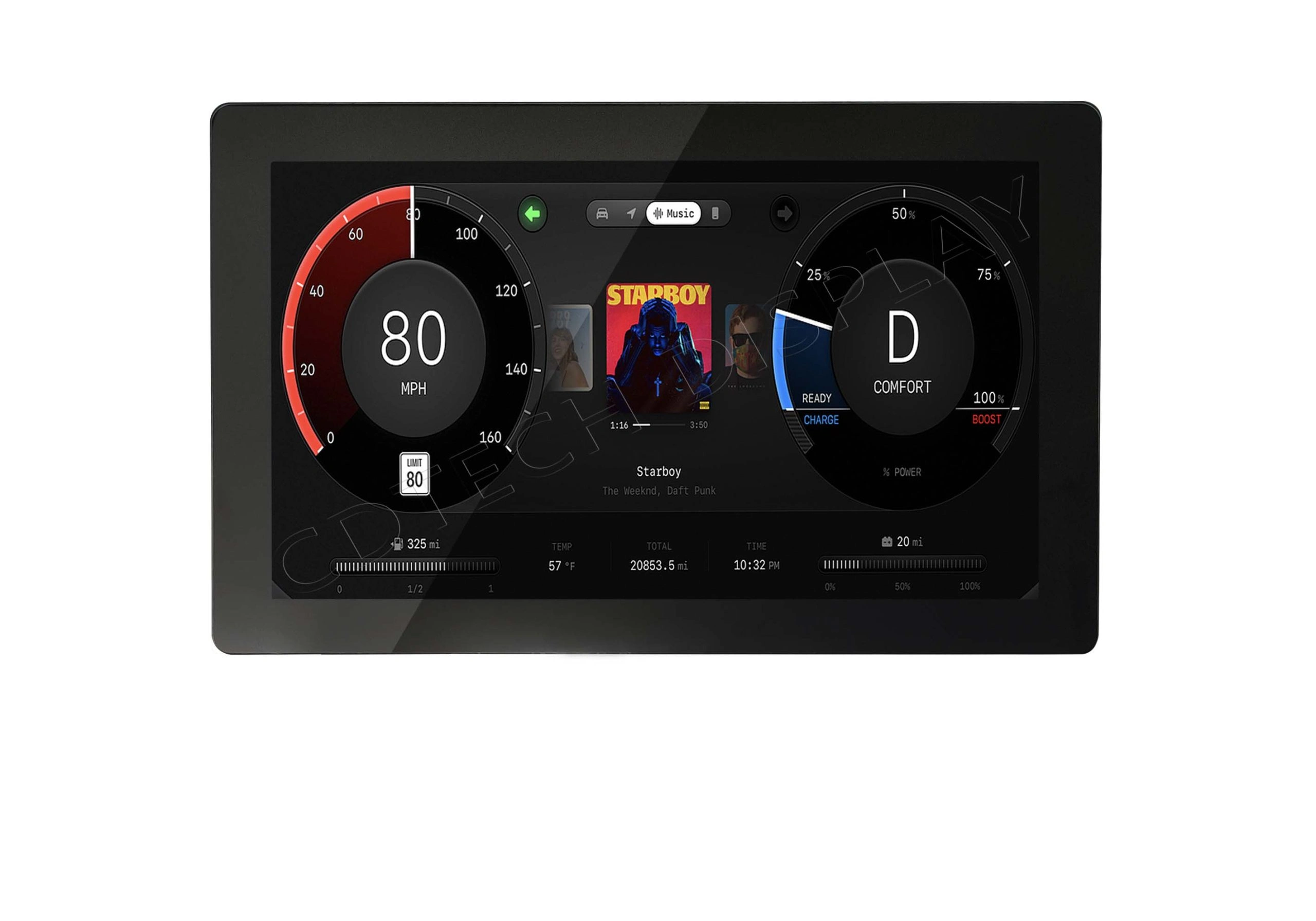Innovating Interaction: The Latest Breakthroughs in Touch Display Panels
What’s the Deal with Touch Display Panels and Why Are They a Big Deal?
How Have Touch Display Panels Changed Over Time?
Touch display panels have come a long way since they first showed up. Early touchscreens were kinda clunky, using resistive tech that needed a good press to work. Then came capacitive touch, which lets you tap lightly for super precise control. Now, panels can handle multi-touch, pick up gestures and even work with augmented reality (AR). Touch displays are getting better with improved sensitivity and new features like augmented reality.
They’ve also gone beyond flat, stiff screens to bendy, curved and foldable designs. Flexible and Curved Displays: Opening up new design possibilities for various devices as they can bend and flex without breaking. These upgrades make using devices more fun and open up tons of new ways to use touch panels.
What’s Powering Today’s Touch Interfaces?
Capacitive vs. Resistive Tech
Two main types rule touch interfaces: capacitive and resistive. Capacitive panels use your body’s electrical charge to sense taps, so they’re great for light touches and multi-finger moves. Resistive ones need a solid push, which works better for gloves or styluses in tough settings.
With Capacitive Touch Panel or Resistive Touch Panel option The choice depends on where it’s used—resistive for rough conditions, capacitive for snappy consumer gadgets.
Mixing in OLED and MicroLED
Modern touch panels are teaming up with OLED (Organic Light-Emitting Diode) and MicroLED tech. OLEDs bring slim designs and flexibility. MicroLEDs step it up with brighter displays and less power use.
These combos let companies make thinner gadgets with awesome visuals while keeping touch controls sharp. Paired with edge-to-edge screens and built-in fingerprint scanners, they’re pushing device looks and function to new heights.
How’s Multi-Touch Tech Making Things Better?
Multi-touch is a game-changer for how we interact with screens. It picks up multiple taps at once, letting you do stuff like pinch-to-zoom or swipe with a few fingers. This makes everything from phones to factory controls way easier to use.
Interactive 3D Displays: Transforming how we engage with digital content by allowing users to interact with three-dimensional images, creating a more immersive experience. Multi-touch isn’t just a fancy extra anymore—it’s a must for smooth, intuitive interfaces.

How Are Touch Display Panels Changing How We Interact?
Why’s Haptic Feedback Such a Hot Topic?
Haptic feedback adds a touchy-feely vibe to digital interactions, like feeling a button click or dragging something across the screen. It makes digital stuff feel more real.
They are becoming more sensitive, can work with augmented reality and even let you feel what you touch. As people crave richer experiences, haptics are key for things like car controls or medical gear, where feeling a response boosts accuracy and safety.
How Do Touch Panels Hold Up in Different Conditions?
Outdoor Readability and Anti-Glare Tricks
Touchscreens used outside deal with issues like sunlight glare. Manufacturers fix this with super bright backlights and anti-glare coatings to keep screens clear in direct sun.
Enhancing Durability: Addressed by using stronger materials and innovative designs. These tweaks keep displays readable and tough without wasting power.
Waterproof and Dust-Proof Features
In rough spots like factories or outdoor kiosks, touchscreens need to handle water, dust and grime. Advanced sealing tech gives them IP-rated protection without slowing down their response.
These rugged features make today’s touch panels perfect for tough spots while keeping performance solid over time.
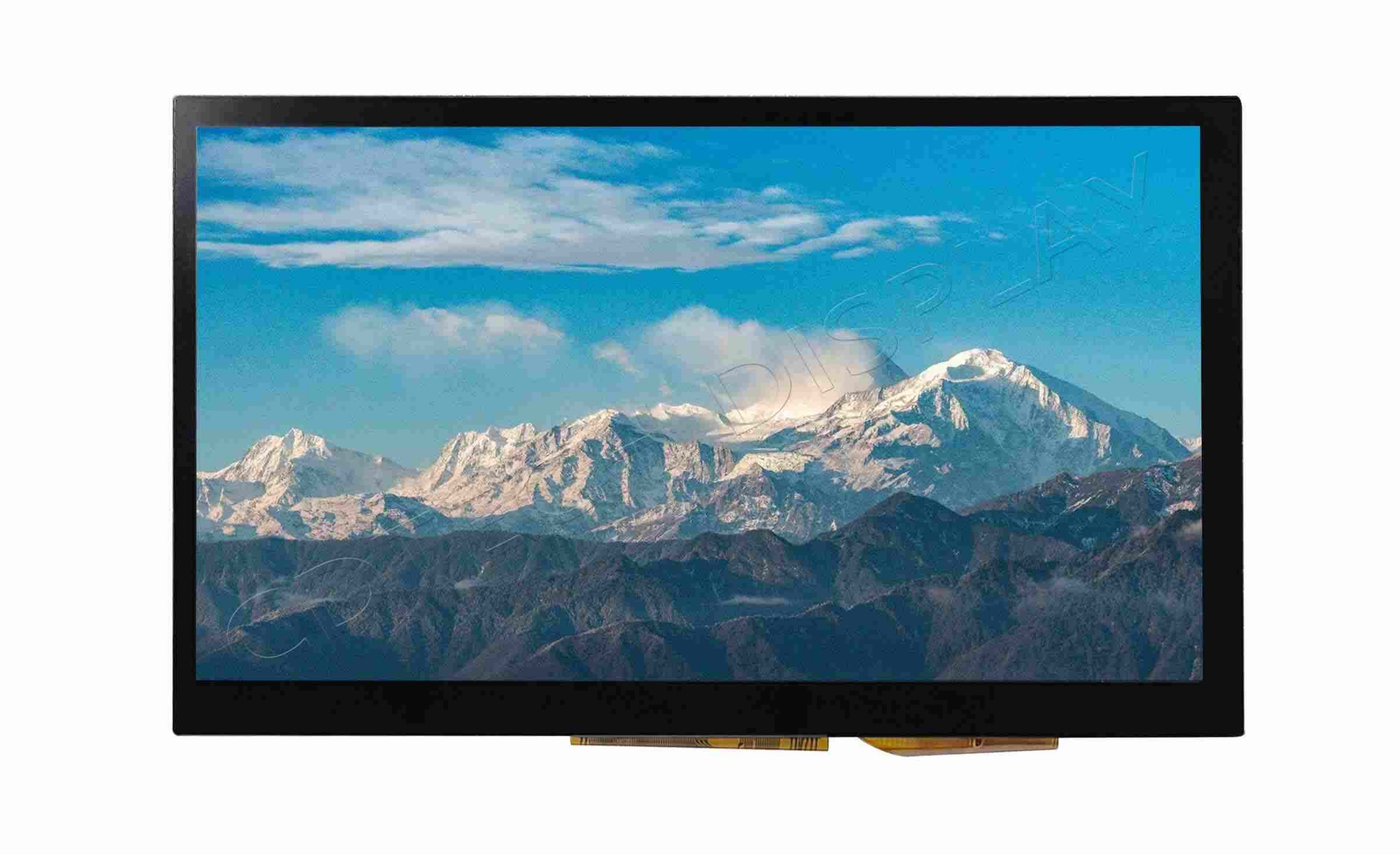
Who’s CDTech and What’s Their Role in Touch Displays?
What Makes CDTech’s Touch Panels Stand Out?
At CDTech, we’re all about crafting top-notch TFT LCD displays with capacitive or resistive touch options for all kinds of uses. In order to meet with customers requirement especially for custom project, we can develop more derivative solution for TFT with touch panel.
We let you tweak things like customized LCD OD, LCD AA, FPC OD, backlight option. This flexibility helps us meet unique needs for industries like factory automation, car systems, smart appliances, medical gear and more.
CDTech’s Main Products
Our lineup includes full-color TFT LCD modules from 1.5 to 15.6 inches, with optional capacitive or resistive touch. We offer high-brightness options for outdoor use and wide temperature ranges for harsh conditions.
We also build custom solutions around your specs—from interface types (SPI/MCU/RGB/MIPI) to mechanical tweaks—making sure they fit perfectly into your products.
Where CDTech’s Panels Shine
Our touch display solutions work across:
-
Industrial Display.
-
Vehicle Display.
-
Intelligent Applicance Display.
These need to stay reliable in all sorts of conditions and we deliver with strict quality checks.
How Does CDTech Keep Their Products Solid?
We focus on steady performance and long life with intense testing—think heat cycles, vibration checks, humidity tests and ESD protection.
Using precise manufacturing and tight quality controls from start to finish, we make sure our customers get dependable products tailored to their needs.
Where Are Touch Display Panels Making Waves?
How Are They Used in Car Displays?
In cars, touch panels run infotainment systems, navigation, climate controls and even dashboards. Automotive: Enhancing driving experience through infotainment systems, navigation and vehicle function controls.
Bigger, curved screens with haptic feedback look slick and help drivers stay focused without distractions.
What’s Their Role in Smart Homes and Gadgets?
Smart thermostats, security systems and kitchen appliances use responsive touchscreens for easy control of home automation. Smart Homes: Used to control various home automation systems efficiently.
Edge-to-edge designs with fingerprint security make them user-friendly and safe.
Why Are Industrial and Medical Fields All In on Touch Panels?
Factory workers use tough touchscreen HMIs (Human Machine Interfaces) that handle harsh conditions while controlling machines precisely. In healthcare, touchscreens make accessing patient records quick and clean, avoiding germy buttons.
Healthcare: Improving patient care and streamlining operations by enabling quick access to patient records.
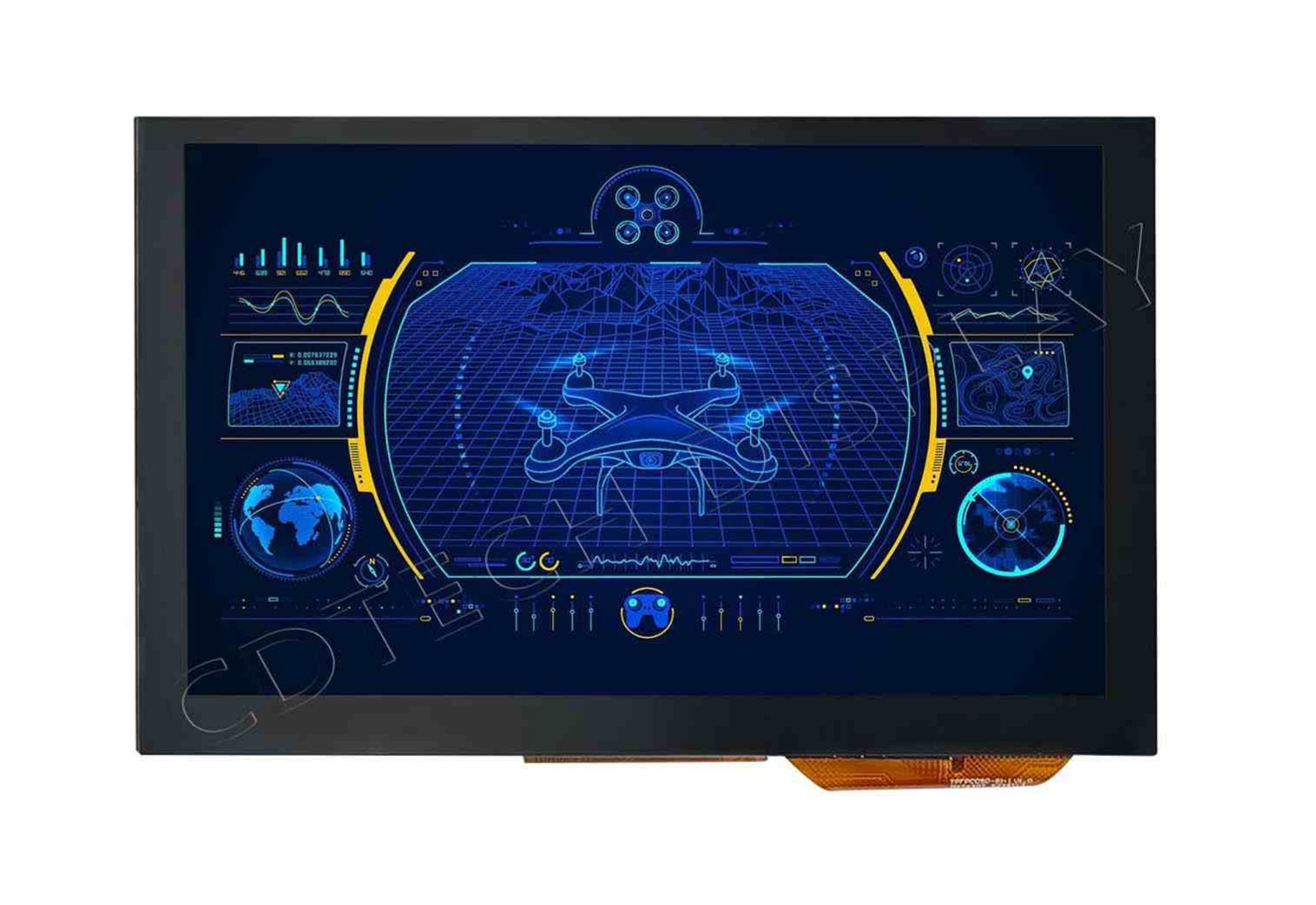
What Challenges Are Left for Next-Gen Touch Displays?
Balancing Toughness and Sensitivity
Super sensitive screens often use thin layers, which can be less durable. Manufacturers fix this with strong materials like chemically strengthened glass and responsive sensors underneath.
Reducing Latency: Crucial for a seamless user experience; developers work on refining detection technology.
This keeps inputs accurate even with protective layers for rough use.
What’s Holding Back Flexible Touch Displays?
Flexible screens for foldable phones or rollable tablets are cool but face issues like wear from bending and higher costs compared to rigid screens.
Work continues on scalable production to cut defects while keeping flexibility for mass markets.
What’s Next for Interactive Display Tech?
Will Gesture Controls Take Over Touch Inputs?
Gesture controls are popping up as a sidekick, not a replacement, especially in places where touching isn’t practical, like sterile settings. But regular touch inputs will stick around for their precision in gaming, factories and more.
How Could AI Make Touch Panels Even Cooler?
AI can learn how you use devices, tweaking sensitivity on the fly or guessing your next move before you finish it. This makes interfaces smarter, faster and more personal across all kinds of gadgets.
FAQ
Q: What’s a touch display panel and how does it work?
A: It’s a screen you can tap or swipe to control stuff, using either your body’s electrical charge (capacitive) or pressure (resistive).
Q: Where do you see touch display panels these days?
A: They’re all over—smartphones, tablets, smart home gadgets like thermostats, car dashboards and factory control systems, thanks to their versatility.
Q: Why pick CDTech for touch display panel solutions?
A: We offer fully customizable solutions including –With customized LCD OD, LCD AA, FPC OD, backlight option. Our products fit markets like Industrial Display, Vehicle Display, Intelligent Applicance Display, delivering solid performance for tough demands.

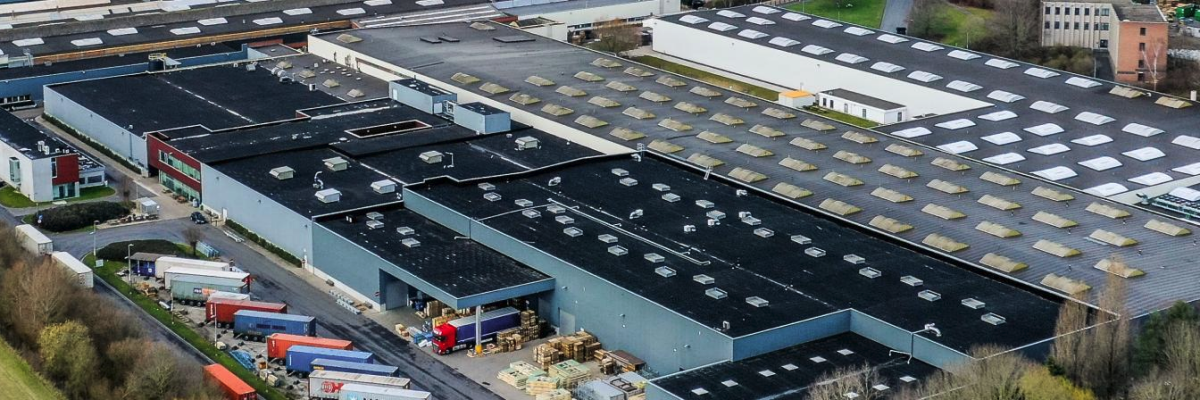
 2025-09-26
2025-09-26  11:50
11:50 